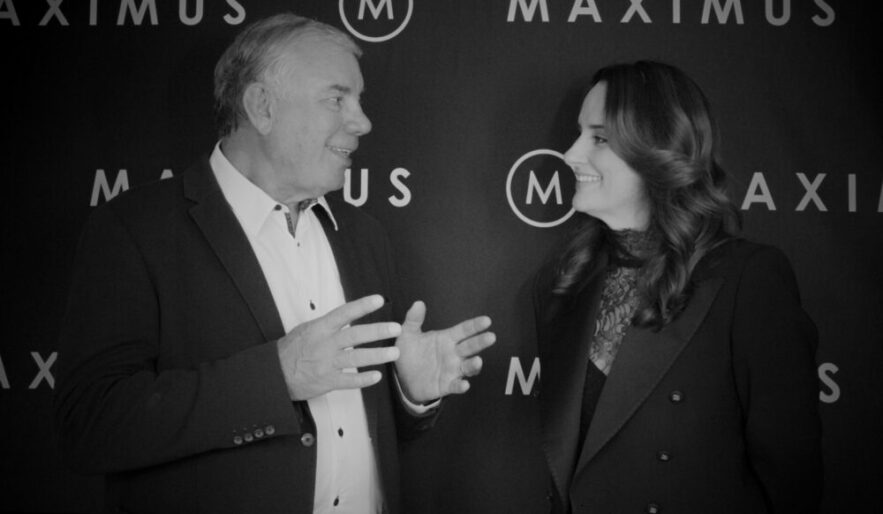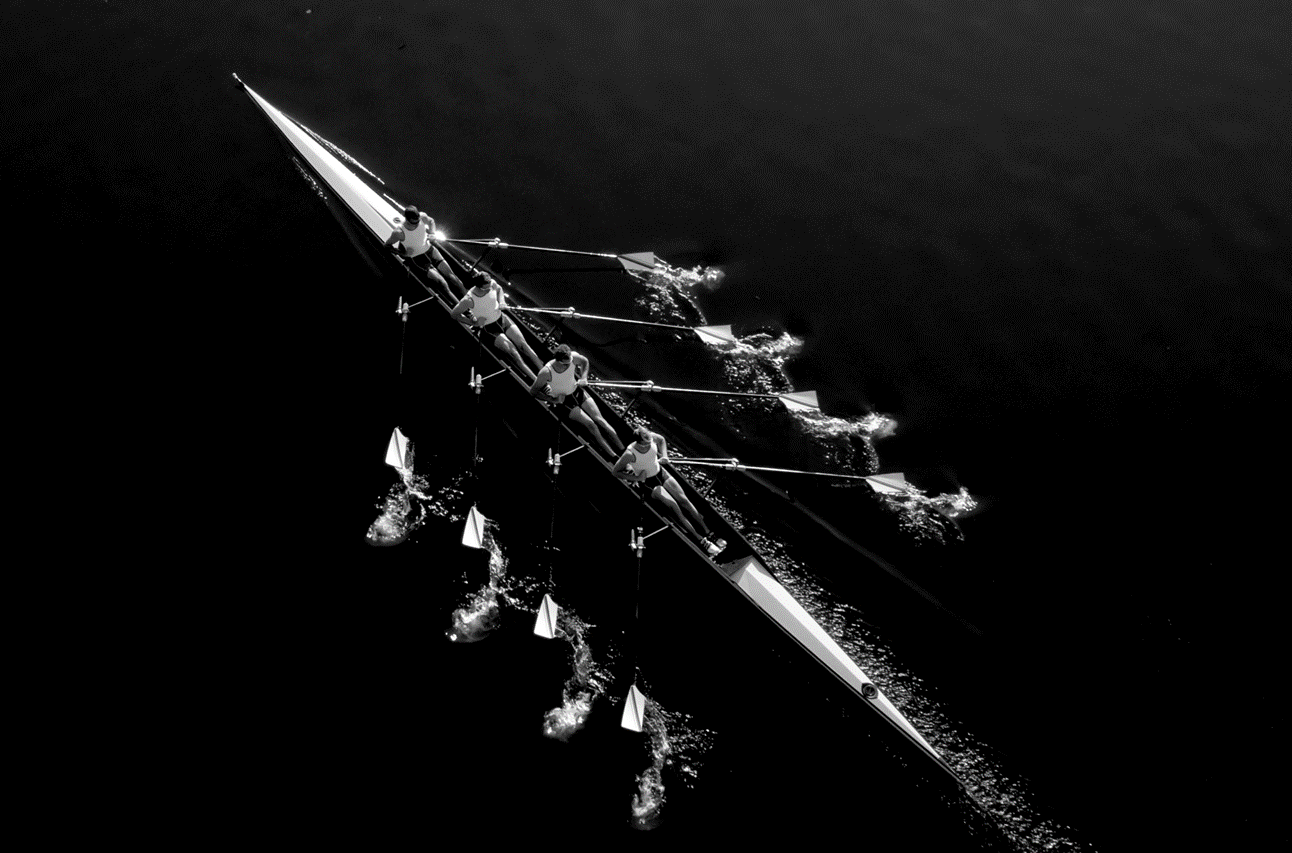To successfully operate across multiple horizons a leader must develop an infinite mindset. Katherine Boicuic speaks to the requirement for and how to, harness the power of foresight, cease thinking in terms of ‘during’ and ‘after’ COVID and create the future.
- TITLE: MEGATRENDS: FORESIGHT AS A MUSCLE
- SPEAKER: KATHERINE BOICUIC | ASSOCIATE DIRECTOR
- RECORDED: SEPTEMBER 2020
PODCAST TRANSCRIPT
I don’t know about you, but I’m coming to terms with the fact that re-entering life post-COVID is not as simple as we first thought. I found myself speaking to many leaders I work with about the use of foresight to help navigate the ambiguity we find ourselves faced with. Foresight is an interesting concept. It’s not only the realm of futurists and innovators, it’s something we can all develop. And at Maximus, we encourage leaders we work with to approach it this way.
First things first, start with what you know to be true. We forget what it was like when we first joined our industries or businesses and likely had all these big ideas to drive organizational change. It’s likely that the things that were in the too hard box six months ago were shifted in days or weeks. And we have an opportunity to skilfully use foresight to create the change we’ve always wanted to.
Fast forward to the end state. Our end state is our vision, where we are heading to. Some people call it a North Star. To operate in this continual state of contextual change, our picture of the future must be clear, and our strategy needs to be resilient and agile to bring it to life. We need to know what we want to protect in the short term and where we want to progress, and where we want to pivot and disrupt as we move into the new future. If it’s the one known we can rely on, clarity on your North Star and how it links to your organization’s goals is critical. And it provides the foundation to exercise the muscle of foresight.
Step three; detect the signals. If we know where we’re heading, we must configure our time to exercise foresight and focus this time on detecting signals. A signal is a theme amongst the commotion, an anchor that pulls random data, thoughts, and evidence into an integrative point of view or focus. Strategically, it is deliberate with what they focus their mind to. They can stop, think, and reflect to bring focus to the right things and steer away from the lure of the action addiction. Develop a keen eye and ear for signals and ruthlessly de-prioritize the noise.
Step four; narrow your decision field. To do this requires us to make choices and sometimes the least terrible decision. We are overflowing with decisions. I’m sure you’ll agree, decision fatigue is very real. It is critical that we make deliberate decisions with clarity and impact. We need to courageously step into our choices and make the best decision we can at the time. Colin Powell operates by the 40/70 rule. He says that we need between 40 and 70% of the total information to make a decision. He believes that with less than 40% of information we are bound to make the wrong decision. We are essentially guessing. If we keep looking for information beyond the 70%, then by the time we make the decision it will be too late and others will have taken that decision and moved on. A complete waste of our time.
Step five; pace versus value decisions. The pressure and increased velocity of decision making during times of disruption like COVID is showing up as a bias towards taking action. And this is problematic on many fronts, but mostly because not all decisions are created equal, and fast doesn’t always mean better or more effective. We must consider the value and the pace with which we make decisions. Which are those that we need to accelerate and conduct at a higher speed to ensure the return on value? And which of those that we need to be patient with and reduce the time with which we deliver value and create the conditions for growth? The low pace, but high value return. These are the two areas we need to play in. Decisions or choices, which deliver low value will misdirect our focus and take energy which we cannot afford to lose.
So let’s recap. Start with what you know, fast forward to the end state, detect the signals, narrow your decision field and pace versus value decisions. This is a cycle we must adopt to exercise our muscle of foresight, and to ensure that we are reframing our thinking for the future and removing roadblocks that keep us in the reaction phase, rather than taking control and making deliberate choices to reimagine our future. I get my inspiration learning from other organizations that are using foresight well.
For example, Adidas is challenging us all how we can strive for a more sustainable world. Its own ambition? To end plastic waste by 2030. Adore Beauty, it says we are a beauty democracy that doesn’t profit off making you feel not enough. Its founder, Kate Morris said of her growth ambition, “It’s time to pour rocket fuel on.” And Mike Cannon Brookes from Atlassian challenges us all to think about what Australia’s role is, and what we can do with sustainable energy. He says, “We have the technology. We have the economic means, and we have the opportunity to become a renewable energy superpower. Yes, this current climate feels like one big test on our ability as late as to practice foresight. Decision making through ambiguity is hard, but there is no one else coming. We are it. The leaders of today architecting our tomorrow.”
And let’s be honest. Don’t we want to emerge to a post COVID world having rebuilt one more attuned to the needs of humanity and leveraging the best of technology to create new possibilities for us all? Personally, I cannot wait to see what we do.







